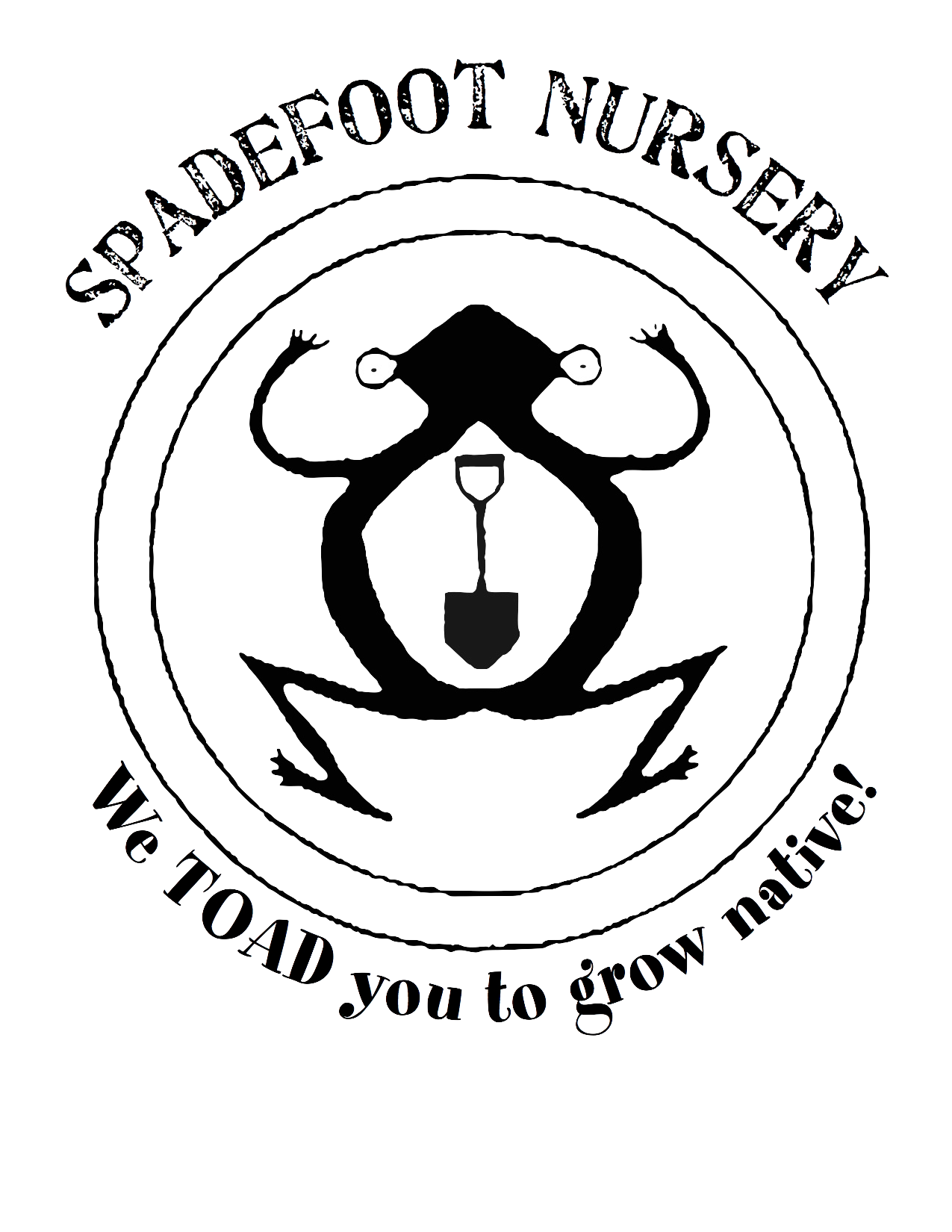Bouteloua gracilis
Blue Grama
Family: Poaceae
Tufted perennial, semi-sod to 2’ tall. Blue Grama is easily identified by its distinctive curved “comblike” seedheads, which appear during the summer. The leaves are light green, drying to a tan color in the winter. In the hot, low deserts, Blue Grama tends to be a small bunchgrass to 2 feet tall by 2 feet wide. In cooler, moist climates it can form a fairly dense sod. It is one of the best grasses for the arid west and can easily be kept at 2" for a xeric lawn.
Full to part sun, looks best on irrigation, though it can reseed and exist in areas where water naturally collects. Hardy to at least -30°F.
Blue grama is the dominant species of the US shortgrass steppe ecoregion. Native grasses are extremely important plants for wildlife: as nesting material for birds as well as native bees and other insects, as habitat for many organisms, and as food: adult insects eat the foliage, granivorous birds depend on many species for seeds, and most grass species are used as larval hosts for many species of butterflies and moths, especially skippers.
There are numerous butterflies and moths that use this species as a larval host but butterflies that especially favor this species as a larval host include:
Uncas Skipper (Hesperia uncas)
Pahaska Skipper (Hesperia pahaska)
Green Skipper (Hesperia viridis)
Simius Skipper (Notamblyscirtes simius)
Photo by Max Licher, SEINET
Bouteloua gracilis on iNaturalist
Many bee species collect the pollen of many species of grasses. All can be used for desert tortoise enclosures, though the more spreading types are better for keeping up with a tortoise appetite.
Grasses also play an important role in the ecology of soil, and because they are monocots, they can be planted close to other species of plants (the nature of the root systems of monocots renders them less imposing on neighboring plants). They hold soil down and help prevent erosion. Many species are pioneer plants that convert disturbed soils into hospitable places for other plants.
Roots chewed and blown on cuts; taken as a postpartum medicine; seeds ground and used to make mush and flour; stems used to make combs, brooms, and baskets; used as animal fodder; also used ceremonially.
Bouteloua named for brothers Claudio (1774-1842) and Esteban (1776-1813) Boutelou Agraz, Spanish botanists and horticulturalists; gracilis is Latin for thin, small, or graceful. There are 57 species of Bouteloua found only in the Americas, with most diversity centered in the southwestern United States.
Found on open rocky slopes, forest openings, grasslands; 4,000-8,000 ft. It is most commonly found from Alberta, Canada, east to Manitoba and south across the Rocky Mountains, Great Plains, and U.S. Midwest states, onto the northern Mexican Plateau in Mexico. This is an incredibly common rangeland grass in the Southwest.





